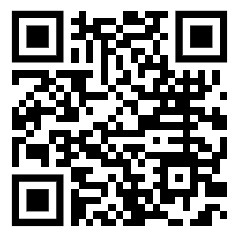For the 2025 season it was decided that our Meteor Night Fighter WD686 would have a temporary colour scheme applied to the port side of the aircraft only.
The scheme chosen was to be in tribute to the crews who lost their lives in the local area in a tragic accident over 70 years ago. The RAF crew were flying a Wattisham based Meteor Night Fighter from 152 Sqn when they were involved in a collision with a USAF F-86 Sabre, resulting the fatalities of all three air-crew.


In addition to the fortunate Open Day visitors, local Air Cadets and Museum Volunteers were on hand as the new temorary scheme was unveiled publically for the first time.
The 152 Squadron bars have been painted in the correct place, either side of the fuselage roundel, and the relevant tail-code of “P” was applied to the fin.
Also, the names of the RAF Meteor crew involved has been painted on the cockpit sides in tribute to these Wattisham based aviators who lost their lives in the tragedy.


Thanks go to all the volunteers and cadets involved during the day.
If you want to view and photograph our Meteor this season whilst still in these colours, make sure you book yourself a visit to the Museum during 2025.
Read below for further details of the tragic accident in October 1954.
Tragedy over Suffolk Skies – 70 years on…..

On 4th October 1954 a tragic accident occurred over Suffolk. It was still the relatively early days of jet fighter operations, and accidents were commonplace as aircrew, engineers and designers were still getting to grips with this new technology, the jet engine.
Wattisham was home to Royal Air Force Fighter Command squadrons, and at this time they flew Meteor twin-engine fighters, in both the day fighter role and the night-fighter role. 152 Squadron had moved into Wattisham a few months previously flying two-seat Meteor NF12 Night-Fighters.
In the local East Anglian area there were still a number of military airfields operated by both the Royal Air Force and the United States Air Force. The main early USAF jet fighter was the North American F-86 Sabre, a single engine swept wing jet famous for use during the Korean War, and a number of USAF F-86 squadrons were based in East Anglia.
Meteor WS691 was built by Armstrong Whitworth and delivered to the Royal Air Force in September 1953. After initial modifications it was delivered to 152 Sqn at Wattisham in May 1954.
Flying Officer Derek Edmund Coleman (pilot, age 25) and Flying Officer John Brian Leslie North (navigator, age 22) were the crew of WS691 (coded “P”) on 4th October 1954.
During a routine training flight from Wattisham, WS691 was “bounced” by a pair of USAF F-86 Sabres during an un-notified training “attack”. One of the F-86s collided with WS691, causing serious damage to the aircraft. The crew struggled with control as they attempted to recover to Wattisham, but control was eventually lost and the aircraft crashed at Spink’s Farm, Battisford, Suffolk, unfortunately killing the crew. The pilot of the damaged F-86F (2LT Joe D Smith in 51-13490 from the 514th FIS at Manston, Kent) managed to eject from his stricken aircraft, but was also killed.
This tragic accident highlights the dangers faced by the crews during this rapidly accelerating technological age under the shadow of the Cold War, and how quickly a seemingly routine training mission can go so badly wrong so quickly.
Click the image below to view the short reveal video…..




